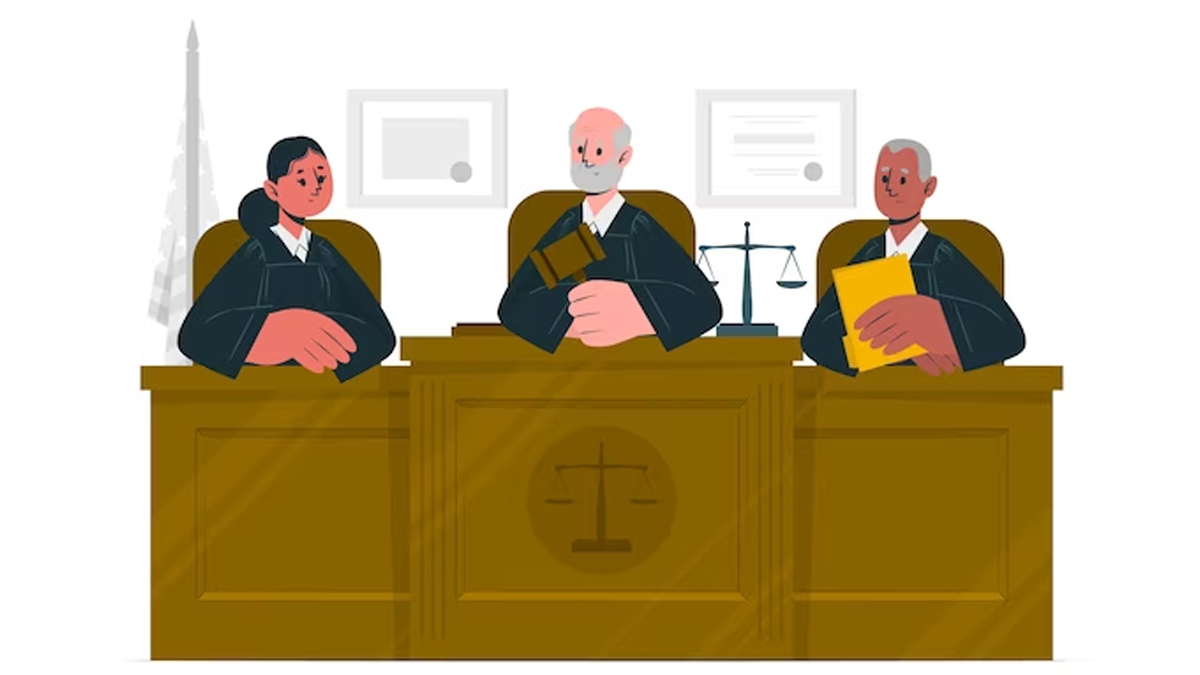This article provides a comprehensive analysis of the case, its historical context, legal arguments, implications, and the broader implications for free speech in India’s digital landscape.
- Introduction:
The advent of the internet and the proliferation of digital communication platforms have transformed the way information is disseminated, and people interact and express their views. India, like many other countries, recognized the need for legal regulations to govern the digital space. One such regulation was Section 66A of the Information Technology Act, 2000, which granted law enforcement authorities the power to arrest individuals for posting offensive content online. However, this provision came under scrutiny, leading to the historic case of Shreya Singhal v. Union of India.
- Historical Context:
Section 66A was introduced in 2008 as an amendment to the Information Technology Act, 2000. It aimed to curb online harassment, cyberbullying, and the spread of offensive or false information on the internet. However, its vague and ambiguous language led to widespread misuse and violations of free speech rights. Several incidents, such as the arrest of two young women in Palghar for criticizing the shutdown of Mumbai following the death of politician Bal Thackeray and the arrest of a professor in West Bengal for sharing a cartoon of a political leader, brought Section 66A under public scrutiny. These incidents highlighted the urgent need for judicial intervention to protect free speech in the digital realm.
- Legal Arguments:
The primary legal arguments in the case revolved around the constitutionality of Section 66A in light of the freedom of speech and expression guaranteed by Article 19(1)(a) of the Indian Constitution. The petitioners argued that Section 66A was violative of this fundamental right for several reasons:
a. Vague and Ambiguous Language: Section 66A used vague terms like “offensive” and “annoying” without providing a clear definition of what constituted offensive content. This ambiguity allowed for arbitrary and discriminatory enforcement.
b. Chilling Effect: The provision had a chilling effect on free speech as individuals were afraid to express their opinions online due to the fear of arrest and prosecution. This led to self-censorship and stifled the free exchange of ideas.
c. Overbreadth: Section 66A was overly broad in its scope, encompassing a wide range of content that could be deemed offensive. This overreach made it prone to misuse and abuse by law enforcement authorities.
d. Lack of Proportionality: The provision did not consider the principle of proportionality, as it allowed for arrest and imprisonment for minor offenses, including those that did not incite violence or hatred.
The government, on the other hand, defended Section 66A by arguing that it was necessary to maintain law and order in the digital space and protect individuals from cyberbullying and online harassment.
- The Supreme Court’s Decision:
In its judgment on March 24, 2015, the Supreme Court of India unanimously held Section 66A of the Information Technology Act unconstitutional and struck it down. The Court’s decision was based on several key principles:
a. Overbreadth and Vagueness: The Court observed that Section 66A was overly broad and vague, which made it susceptible to misuse. It held that the terms “offensive” and “annoying” were subjective and could vary from person to person, leading to arbitrary enforcement.
b. Chilling Effect: The Court recognized the chilling effect of Section 66A on free speech, noting that it had a deterrent effect on individuals expressing their opinions online. It emphasized the importance of free speech in a democracy and the need to protect dissenting voices.
c. Lack of Proportionality: The Court found that Section 66A did not meet the test of proportionality. It noted that the provision allowed for severe punishments, including imprisonment, for minor offenses that did not pose a significant threat to public order or national security.
d. Technological Neutrality: The Court stressed that the law must adapt to the changing technological landscape. It emphasized the need for legal provisions that are technology-neutral and do not curtail free speech in the digital age.
- Implications:
The judgment in Shreya Singhal v. Union of India had significant implications for free speech and expression in India’s digital space:
a. Protection of Fundamental Rights: The decision reaffirmed the fundamental right to freedom of speech and expression in the online realm, providing a strong safeguard against government overreach and censorship.
b. Clarity and Accountability: The ruling clarified the boundaries of free speech online and established the principle that restrictions on speech must be narrowly defined and in line with constitutional principles.
c. Deterrence of Misuse: The judgment acted as a deterrent against the misuse of vague and overbroad legal provisions to stifle dissent and criticism in the digital age.
d. Technological Neutrality: It underscored the need for laws that adapt to evolving technology, ensuring that fundamental rights are protected regardless of the medium of expression.
e. Global Impact: The decision served as a precedent and inspired discussions on free speech and internet regulations worldwide.
Conclusion:
Shreya Singhal v. Union of India (2015) was a watershed moment in India’s legal history, emphasizing the importance of protecting free speech and expression in the digital age. The Supreme Court’s decision to strike down Section 66A of the Information Technology Act reaffirmed the fundamental right to freedom of speech and expression, set clear standards for legal provisions, and ensured that the online space remained a platform for diverse opinions and ideas. This case serves as a powerful reminder of the role of the judiciary in upholding constitutional values and protecting individual rights in the digital era.
